
You’ve overcome several obstacles facing your tomato plant. Warded off pests, controlled diseases, ensured a steady supply of water, pruned correctly, fertilized, supported and much more.
Now, they seem to be deliciously ready to eat. Or are they?
Much like the growing process, tomato picking requires skill and know-how.
There are several ways to go about harvesting your tomatoes, all depending on the variety of tomatoes and the harvest you’re after.
Is It Harvest Time Yet?
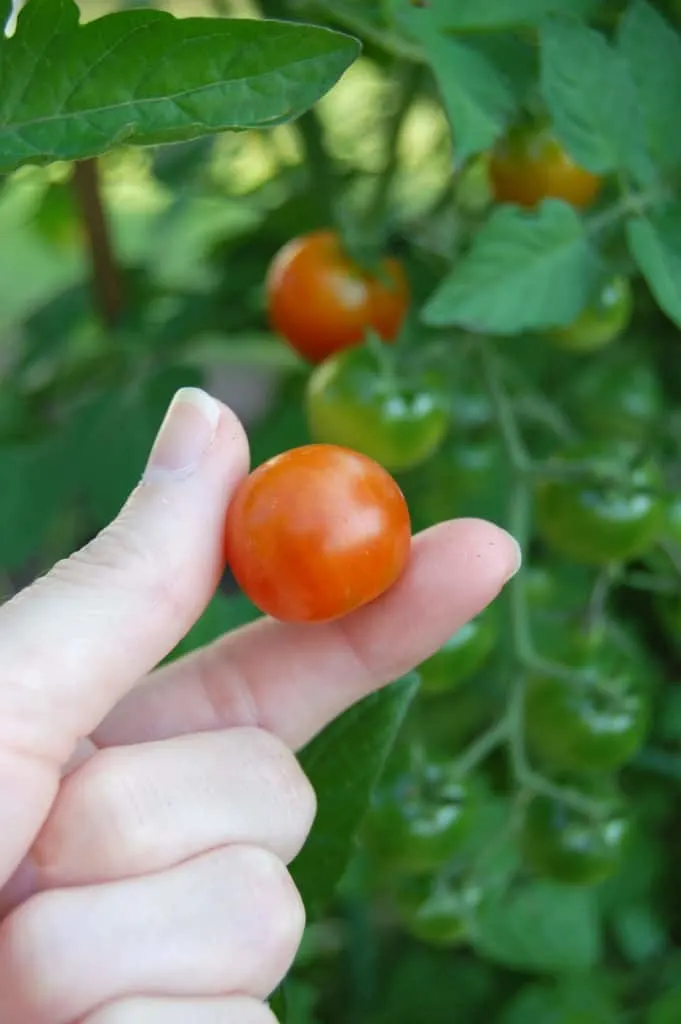
The major debate regarding harvesting tomatoes is not about when in the season is the most optimal. That of course, is determined by the variety of tomatoes.
On average, tomatoes take about two months or more to ripen. Depending on the variety, they may ripen faster or slower.
Early season tomatoes, such as cherry tomato varieties, can take anywhere between 40 and 60 days to ripen. Late season varieties, such as Cherokee Purple or Beefsteak tomatoes, could take upwards of 80 days to fully ripen.
Midseason tomatoes, aptly named, sit in the middle, taking around 60 days to ripen.
How To Tell If Your Tomatoes Are Ripe
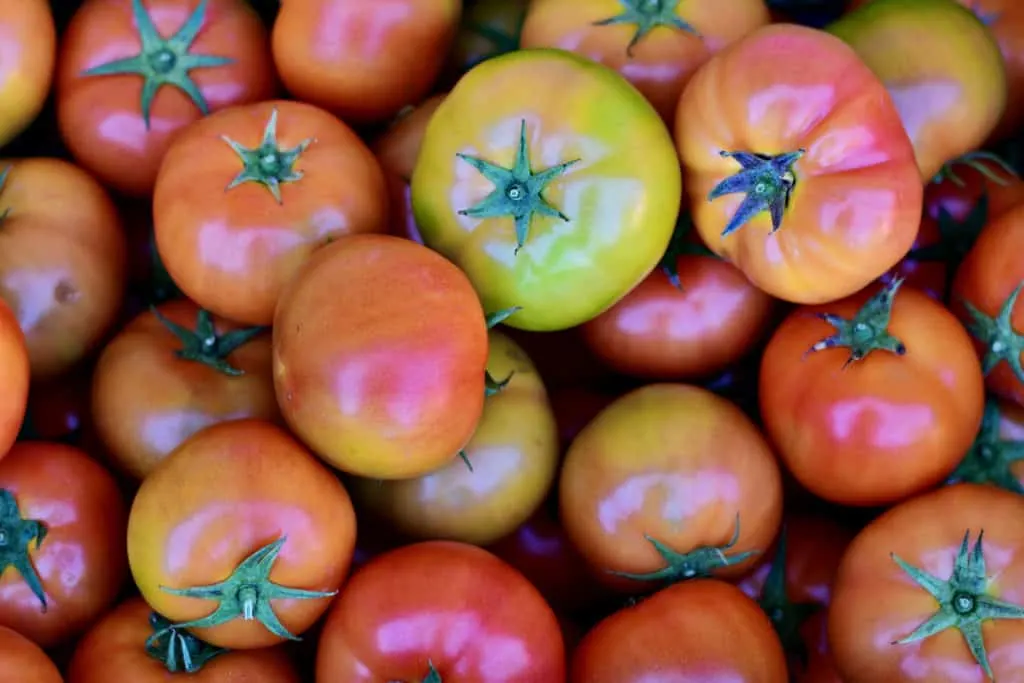
Tomatoes are ripe when they become the desired color for their variety. As there are many different colored tomatoes – from red, to pink or purple – it may be difficult to tell how ripe a fruit is from this characteristic alone.
Ripe tomatoes should be firm, with shiny skin and an even color. If the tops of your tomatoes have stayed green and hardened, it doesn’t necessarily mean the fruit isn’t ripe. This is known as green shoulders – a condition affecting a wide variety of tomatoes.
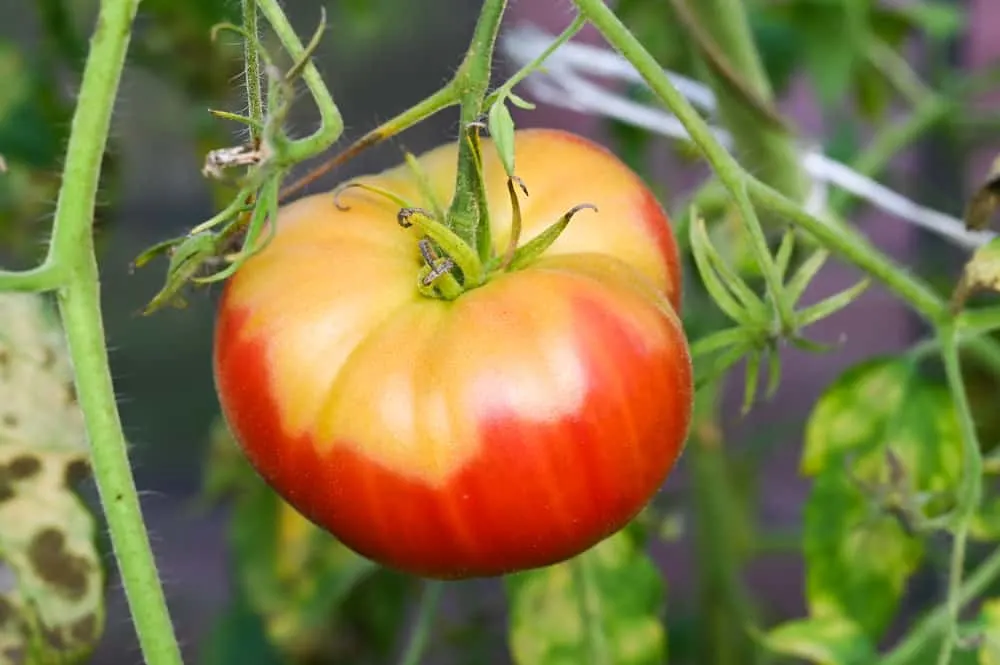
Alternatively, the only foolproof way to test whether your tomatoes are ripe is to taste them.
Contrary to popular belief, unripe tomatoes are not poisonous – they just don’t taste as sweet. However there are some really delicious ways to eat green tomatoes. This article shares 21 brilliant ideas.
I wouldn’t advise trying the first tomato you see out of impatience, but if you suspect it may be ripe, your tastebuds are always a good tester.
Should You Ripen On The Vine?
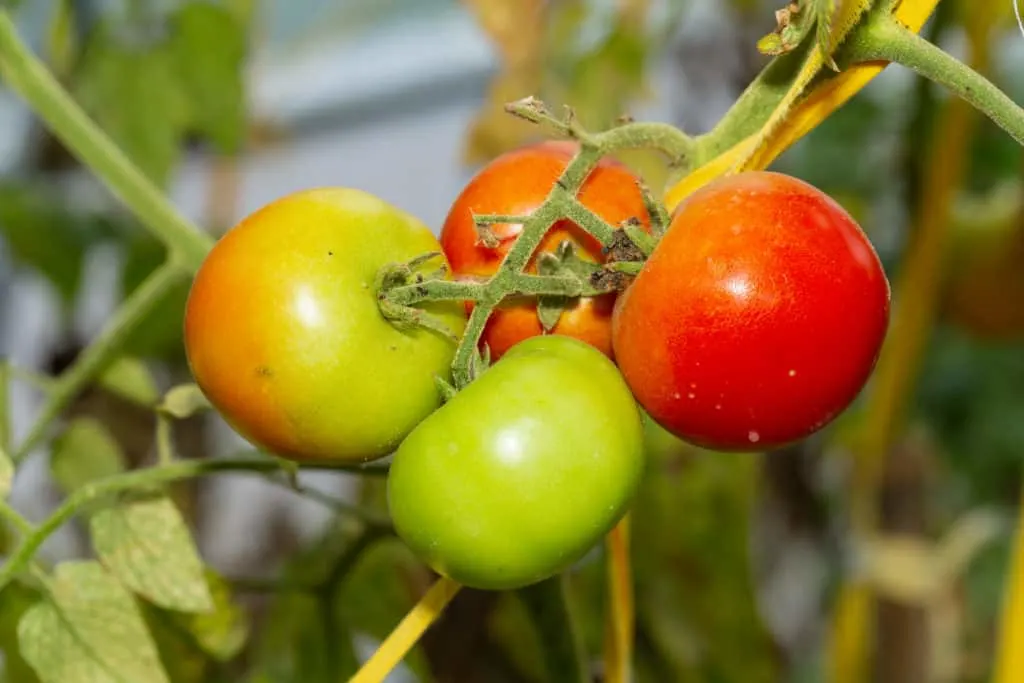
Ripening on or off the vine is up for debate.
Many argue that allowing them to ripen completely on the vine improves their flavor. Harvesting fully ripened tomatoes requires careful watching of the tomato plants as the fruit should be picked the minute they become their desired color – whether that be the classic red, or possibly yellow or purple.
However, some scientists debate the truth of this widely spread gardening advice and spout the benefits of harvesting early.
This allows you to control the ripening process, ensuring you don’t have too many tomatoes all at once. It also prevents tomato cracking and reduces the weight on the stems of the plant.
Picking tomatoes early is useful for indeterminate tomato varieties as it could lead to a larger yield.
Once a tomato is picked from an indeterminate plant, it focuses on producing new fruits, giving you more produce overall.
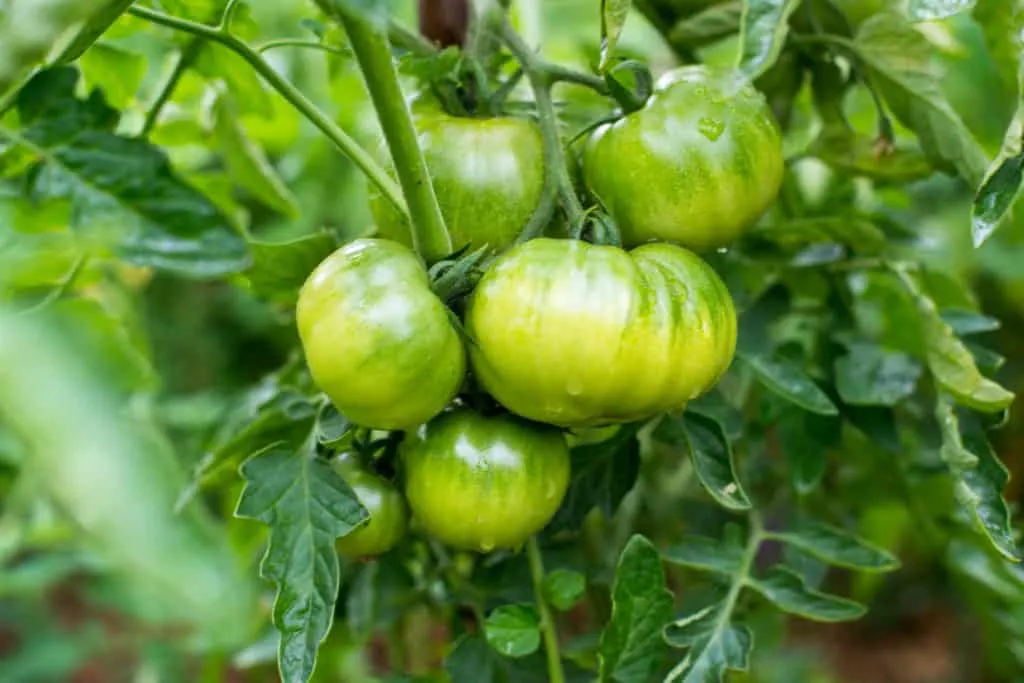
If you plan to ripen off the vine, harvest the tomatoes as they begin to change color from green to light pink – known as the breaker stage. After this point, the tomato is sealed from the main stem, so there is little benefit (besides convenience) to keep them on the vine.
Sometimes, tomato plants don’t ripen in time for the end of the season and need to be picked early anyway. Simply leave unripe fruits at room temperature on your kitchen counter, or place them in a paper bag to speed up the process.
How To Harvest Tomatoes
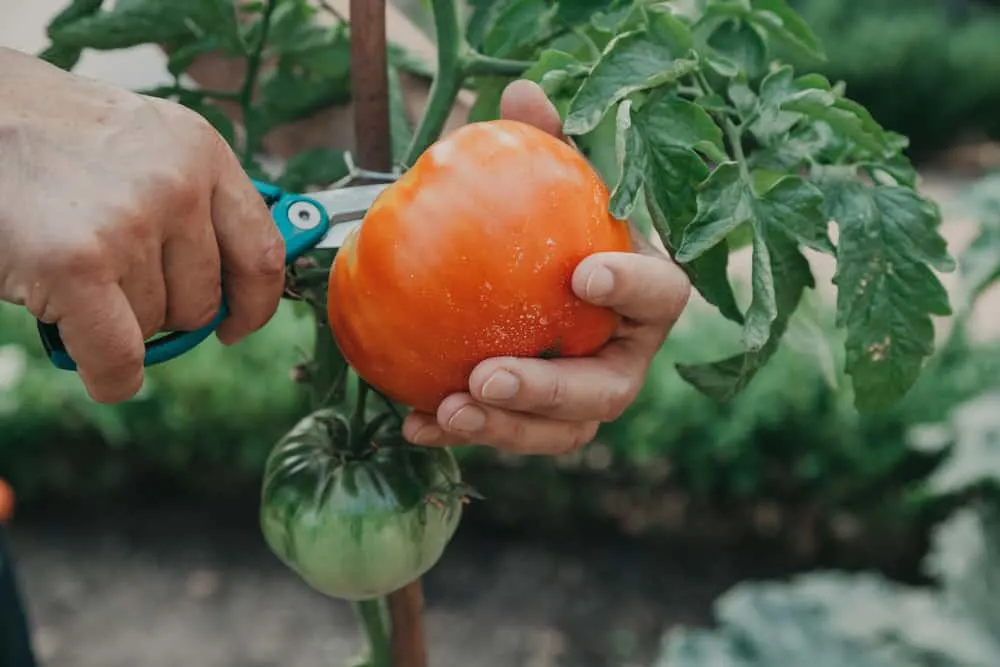
Simply snip tomatoes using sharp, clean gardening scissors. Cut close to the head of the tomato, removing most of the stem.
Alternatively, you can handpick the tomatoes by snapping the fruit from the stem. Be careful not to damage the stem in the process. If its difficult to remove, opt for the scissors instead.
Harvesting tomatoes is the best part of the growing season, although it does require a keen eye and fast thinking (much like the rest of the tomato growing process). Ultimately, the best harvesting methods come down to your preference.
